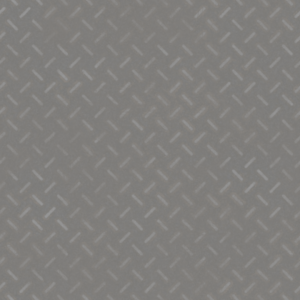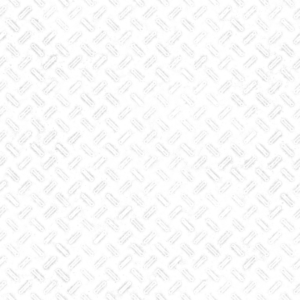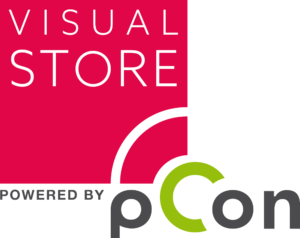Materials
A material consists of several graphics/textures in order to create the most accurate, true-to-life image possible. Each graphic has its own task.
Structure of a material
- Texture
- Roughness
- Metallic
- Normal Map/Bump Map
A texture is an image file. This can be a floor, a tile, stones, fabric, metal, etc.

Roughness indicates how rough a surface is. This is done using a black and white image. The darker the area in the image, the smoother the surface. The lighter the areas, the less shiny the surface.

Indicates how metallic a surface is. This is also done using a black and white image.

The normal map simulates structures. The graphic for this has a blue tone and the edges where it refracts the light are either green or pink. Based on these colors, the renderer recognizes where the light refracts and thus generates a more realistic representation of the surface.

A very good source for textures is the website www.textures.com. Registration is free and you get 15 credits per day, which you can use to download free textures in a resolution of (1024 × 1024 pixels). For higher resolutions you need a premium account.
Create a material
- In the Material Editor, click the Green Plus icon in the upper left corner
- Now appears below the new material
- You can also give it a name, e.g: Checker plate
- Color / Texture, use the left icon to select the texture
- Roughness, select the roughness graphic for your material
- Metallic, if available, select the graphic for metal here
- Normal Map, here you select your normal

